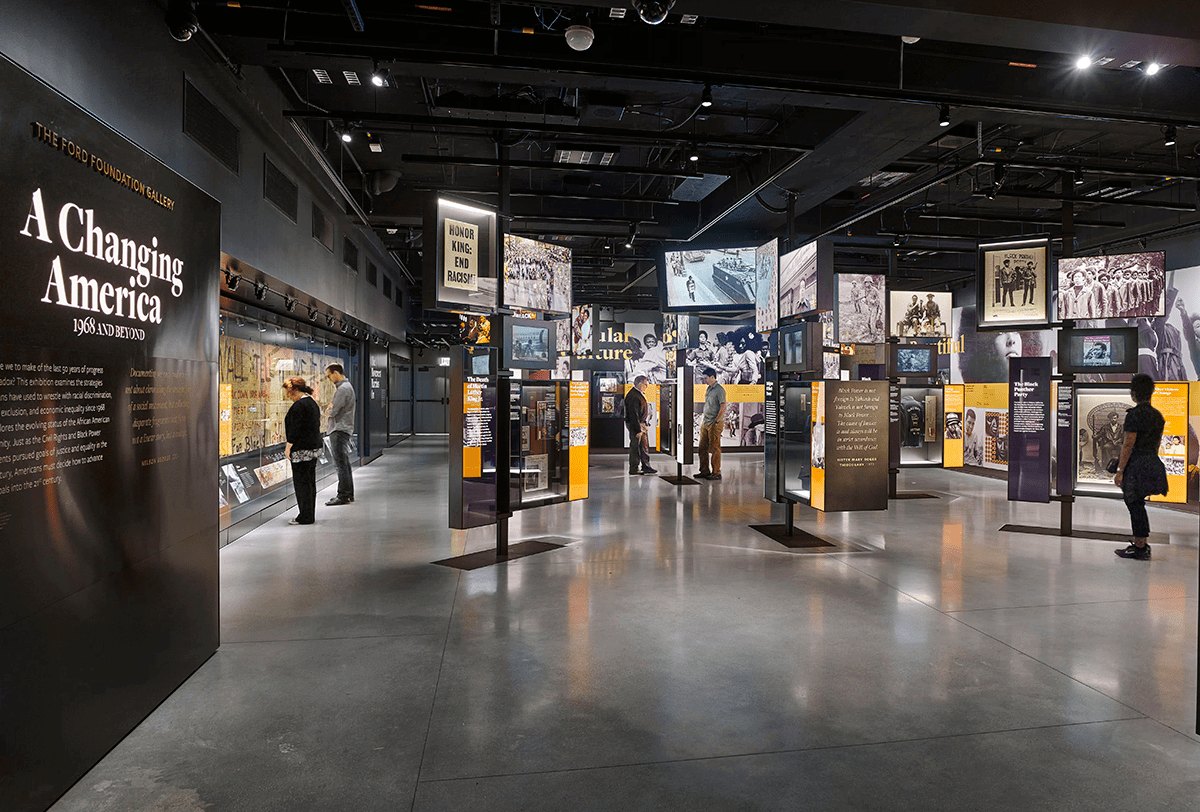
A Framework for Teaching Hard History
A Learning for Justice framework outlines age-appropriate key concepts and guiding principles to teach students about the historical significance of American slavery.
Topics: Curriculum and Instruction
Educators carry a profound responsibility: shaping young minds and nurturing their understanding of the world around them. As we observe Juneteenth—recognition of America’s second Independence Day, June 19, 1865, when the Union Army made its way to Galveston, Texas, to enforce the Emancipation Proclamation a full two months after the Civil War ended—it’s important for schools to incorporate age-appropriate lessons about American history like the hard history of slavery into their curriculum.
Learning for Justice developed the Teaching Hard History K–5 Framework, that serves as a powerful roadmap for navigating this terrain. At its core, it reminds us to embrace the uncomfortable conversations about race and racism that are inextricably woven into the fabric of American history. By acknowledging these difficult truths, we create space for productive and thoughtful dialogue, empowering students to deconstruct the social constructs that have shaped our collective past.
Key Concepts
In the framework, Learning for Justice outlines 10 key concepts that they believe are important ideas that students—and educators—must truly understand to grasp the historical significance of slavery.
- Slavery, which Europeans practiced before they invaded the Americas, was important to all colonial powers and existed in all North American colonies.
- Slavery and the slave trade were central to the development and growth of the colonial economies and what is now the U.S.
- Protections for slavery were embedded in the founding documents; enslavers dominated the federal government, Supreme Court and Senate from 1787 through 1860.
- Slavery was an institution of power designed to create profit for the enslavers and break the will of the enslaved.
- Enslaved people resisted the efforts of their enslavers to reduce them to commodities in both revolutionary and everyday ways.
- The experience of slavery varied depending on time, location, crop, labor performed, size of slaveholding and gender.
- Slavery was the central cause of the Civil War.
- Slavery shaped the fundamental beliefs of Americans about race and whiteness.
- Enslaved and freed people worked to maintain cultural traditions while building new ones that sustain communities and impact the larger world.
- By knowing how to read and interpret the sources that tell the story of American slavery, we gain insight into some of what enslaving and enslaved Americans aspired to, created, thought, and desired.
Guiding Principles
To accomplish this, the framework—designed with advice from teachers, historians, and experts in elementary education—offers these five age-appropriate guiding principles to teach about the history of slavery and the effects it still has on the U.S. today.
- Be Ready to Talk About Race: To teach about slavery, there’s no way around talking about race and racism. When schools and teachers encourage students to understand it as a social construction rather than a biological fact, it can become an opportunity to have productive and thoughtful conversations among students. Educators also should consider how their identities shape how they see the world and develop fluency with culturally sustaining pedagogical strategies that recognize and draw upon students’ identities as assets for learning.
- Teach About Commonalities: Teaching about different eras and cultures should start by focusing on similarities with students’ lives before exploring differences. Understanding cultural universals like art, social organization, language, and celebrations helps students see commonalities across different cultures. This approach reduces fear and stereotypes, fostering empathy—a key skill for social and emotional development. Students can examine stories from various cultures, or children in slavery to find similarities with their own experiences.
- Center the Stories of Enslaved People: Instead of beginning lessons on slavery with its atrocities, educators should first teach about the rich cultural and intellectual traditions of African kingdoms and Native nations. By focusing on specific nations like the Benin Empire or Onondaga Nation, students learn that people were doctors, teachers, artists, and community leaders before they were enslaved. This approach highlights the humanity and strengths of the enslaved people. As the discussion shifts to slavery, it’s essential to keep the focus on the enslaved people’s humanity, exploring their diverse experiences from their perspectives and through the words of their descendants.
- Embed Civics Education: Teaching the history of American slavery allows students to explore civics extensively. It’s important they understand the nature of power and authority, recognizing how it’s gained, used, and justified through examples from their own lives. As they delve deeper, students will learn about the different layers of U.S. government and the variance of rules between locations. More important, studying slavery opens avenues to understand activism and action civics, encouraging students to draw inspiration from past and present role models and ask, “How can I make a difference?”
- Teach About Conflict and Change: American slavery encompasses both oppressive cruelty and inspiring resilience. The desire for freedom among enslaved individuals was universal, yet escape was challenging. Resistance took diverse forms, from acquiring literacy skills to creating rites such as jumping the broom. It’s crucial for students to understand that slavery wasn’t confined to African descendants or the South, and there was widespread opposition to it.
As school principals, you hold the power to shape the narrative and guide your educators on this journey. Embrace the discomfort, celebrate the commonalities, and empower your students to be the change they wish to see in the world.
To access the framework, visit Learning for Justice. There you’ll find strategies to turn key concepts into tools to structure teaching, 20 essential knowledge sections that serve as goals for students to reach in understanding this complex issue, more than 100 student texts to supplement teaching and learning, and teaching tools to support civics and social studies lessons.

